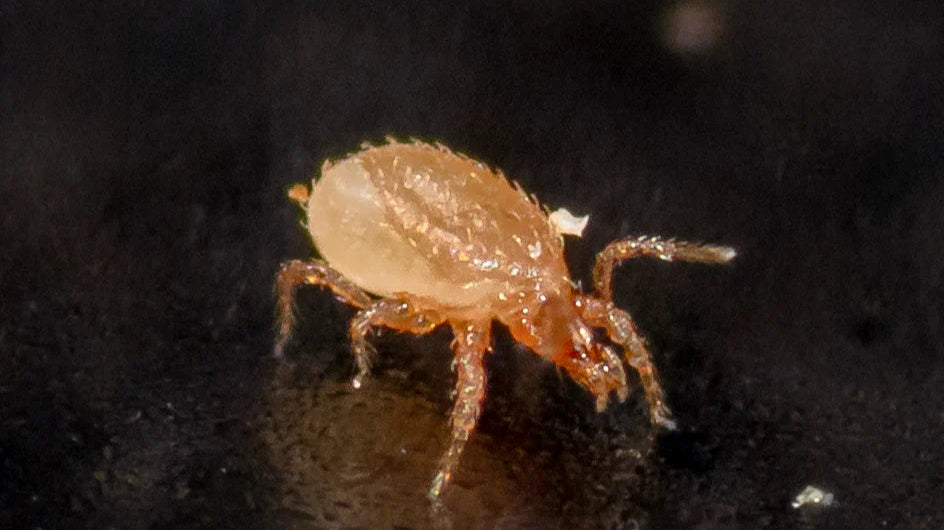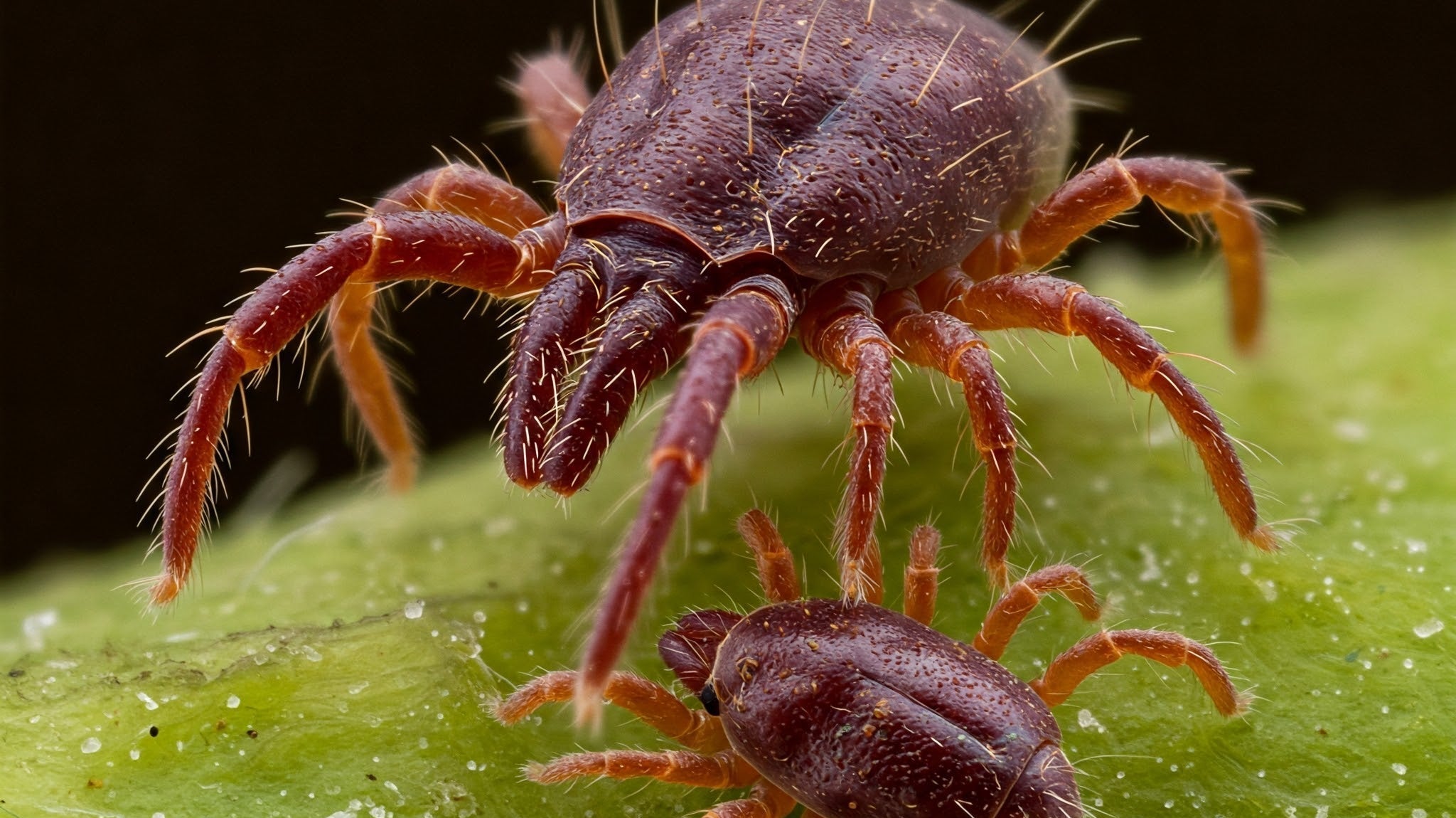Ladybugs
Hippodamia convergens — pre-fueled and pest-focused.
These are Hippodamia convergens, also known as the convergent lady beetle — a native North American species widely recognized for its role in natural pest control. Unlike the imported and invasive Harmonia axyridis (the multicolored Asian lady beetle), H. convergens is a beneficial predator that blends right into your local ecosystem without disrupting it.
Each adult can consume up to 50 aphids per day, and they’re not picky. These ladybugs will also snack on thrips, mealybugs, scale crawlers, whitefly nymphs, and spider mites when aphids aren’t available. Their flexible diet and ability to hunt across a range of crops and ornamentals make them a go-to solution for organic growers, greenhouse operators, and rare plant collectors alike.
Why Pre-Fed?
Hunger makes a bug wander. Pre-fed ladybugs are less likely to fly away immediately after release — giving them a better chance to explore your plants, find pest colonies, and settle in. Some will lay eggs near pest pressure. If that happens, their larvae do the heavy lifting: feeding nonstop for about a month before pupating and starting the cycle again. (No guarantees, but if conditions are right, you’ll get backup.)
Science-y Stuff
-
Species: Hippodamia convergens
-
Native Range: Found throughout the continental United States, particularly common west of the Mississippi
-
Target Pests: Aphids (primary), plus thrips, spider mites, mealybugs, whiteflies, scale crawlers, and other soft-bodied insects
-
Dietary Range: Predominantly aphidophagous, but will opportunistically feed on other pest species
-
Temperature Tolerance: Active in 33–105°F
-
Humidity Range: Tolerant of variable environments, though best activity occurs in moderate humidity
How They Work
-
Adults feed on pests immediately after release
-
Some may lay eggs near pest colonies
-
Larvae hatch (if eggs are laid), then feed aggressively for 2–4 weeks
-
Larvae pupate and emerge as adults, ready to restart the cycle
-
Even if no new generation occurs, adults will significantly reduce pest load
Release Guidelines
-
Preventative: 1 per sq. ft., monthly
-
Active Infestations: 1 per sq. ft., every 2 weeks
-
High Value Plants: Consider repeated introductions to maintain pressure
Pro Tips
-
Mist Before Release: Hydrates the bugs and makes foliage more inviting
-
Timing Matters: Release early morning or evening to avoid heat-induced dispersal
-
Keep Expectations Grounded: Not every beetle will lay eggs — this is a living system, not a subscription box
Storage
Store at 36–45°F for up to 30 days if needed, but fresher is better. Ladybugs will slowly become less active and less hungry the longer they’re stored.
Too Many Options?
We get it. Try our mite/insect matchmaking quiz and instantly get matched to the solutions you may need.
Mite Matters
Optimizing Pest Management in Cannabis Flowering Using Predatory Mites
How to Treat Snake Mites Naturally with Predatory Mites
The Beginner's Guide to Predatory Mites
Predatory mites are the unsung heroes of plant care, working behind the scenes to protect your plants from destructive pests. Unlike chemical treatments, they offer a natural, self-sustaining solution that requires minimal effort on your part. Whether you’re preventing an infestation or fighting off an active one, these microscopic allies get the job done efficiently and effectively.









